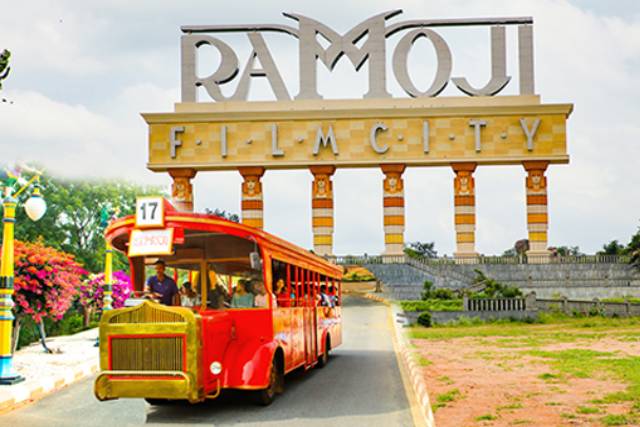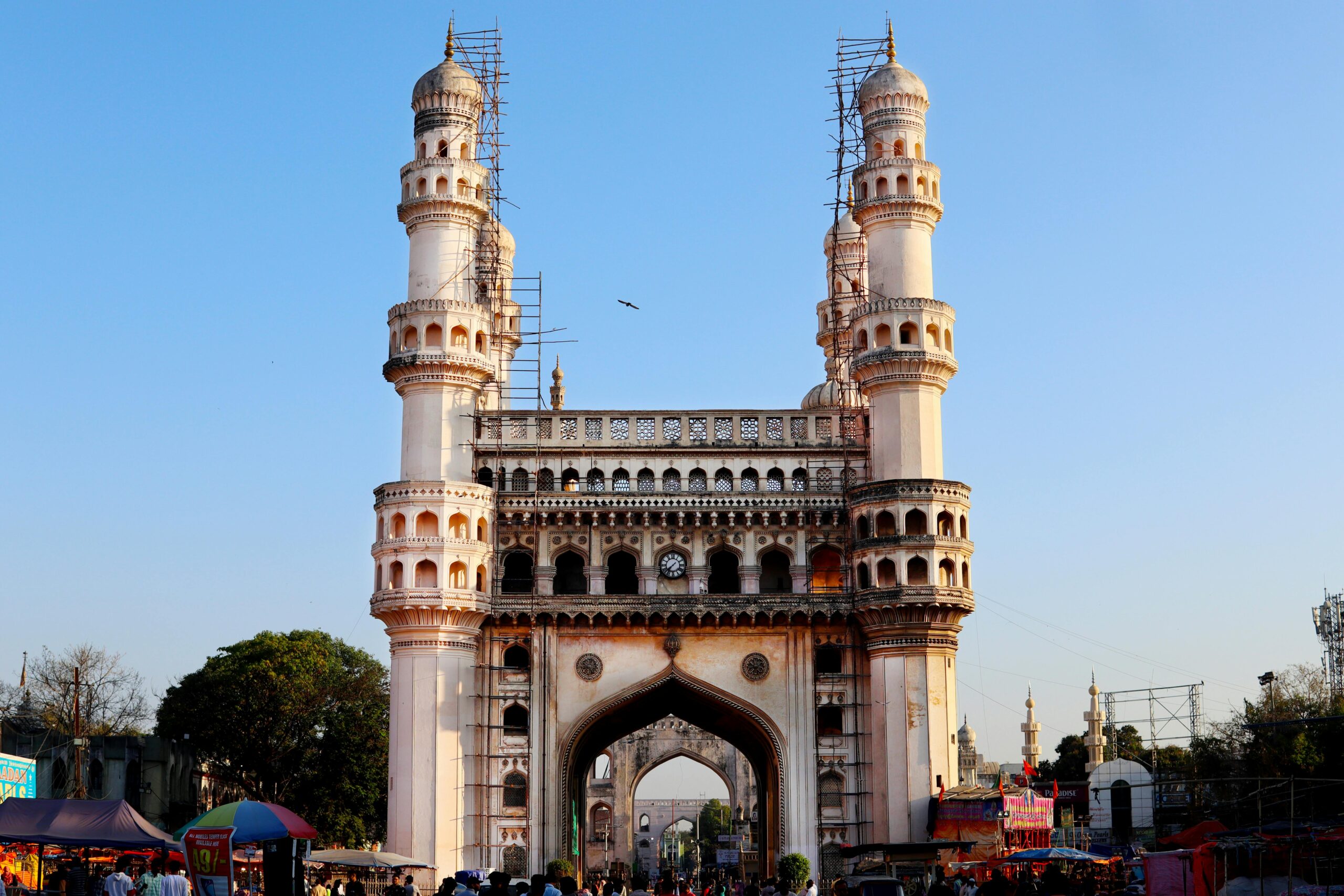Hyderabad, the capital of Telangana, is a city where history breathes through its streets, monuments, and culture. Founded in 1591 by Muhammad Quli Qutb Shah, it evolved from a fortified citadel to one of India’s most vibrant and cosmopolitan metropolises. Known as the “City of Pearls” and “City of Nizams,” Hyderabad’s history is marked by the influence of dynasties, a rich cultural tapestry, and a legacy of innovation and resilience.
The Qutb Shahi Era: The Foundation of Hyderabad
The history of Hyderabad begins with the Qutb Shahi dynasty, which ruled the Deccan region during the 16th and 17th centuries. The dynasty’s founder, Sultan Quli Qutb-ul-Mulk, established the Golconda Fort as his capital. However, as the population grew, the need for a new city arose.
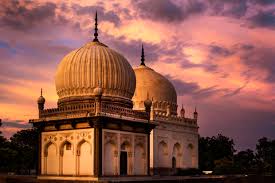

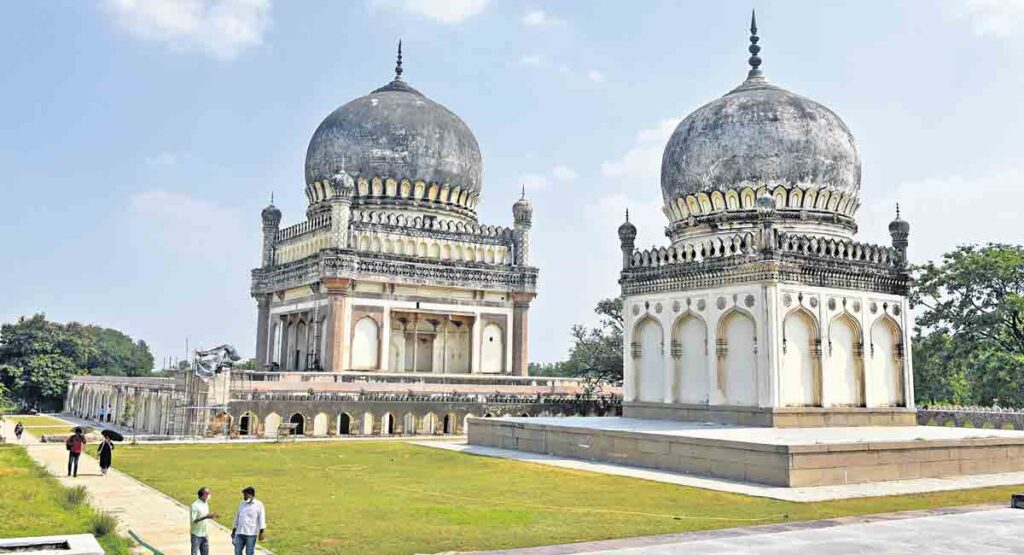
Muhammad Quli Qutb Shah, the fifth ruler of the dynasty, founded Hyderabad in 1591, naming it after Hyder Mahal, his beloved wife. The city was designed with Charminar as its centerpiece, symbolizing its architectural and urban planning sophistication. Hyderabad under the Qutb Shahis became a hub for Persian and Deccan culture, with a flourishing trade in diamonds, textiles, and spices.
The dynasty also built significant architectural landmarks like the Charminar, Mecca Masjid, and the Qutb Shahi Tombs, blending Persian, Indian, and Islamic styles.
The Mughal Conquest and Decline
In 1687, Hyderabad fell to the Mughal Empire under Emperor Aurangzeb. The annexation led to the decline of the Qutb Shahi dynasty. The region became a suba (province) of the Mughal Empire, and its administrative and cultural importance waned during this period.
The Rise of the Nizams
The 18th century marked a turning point in Hyderabad’s history with the rise of the Asaf Jahi dynasty. After the weakening of the Mughal Empire, Mir Qamar-ud-Din Siddiqi, a Mughal governor, declared independence in 1724 and established the Asaf Jahi dynasty, taking the title of Nizam-ul-Mulk.
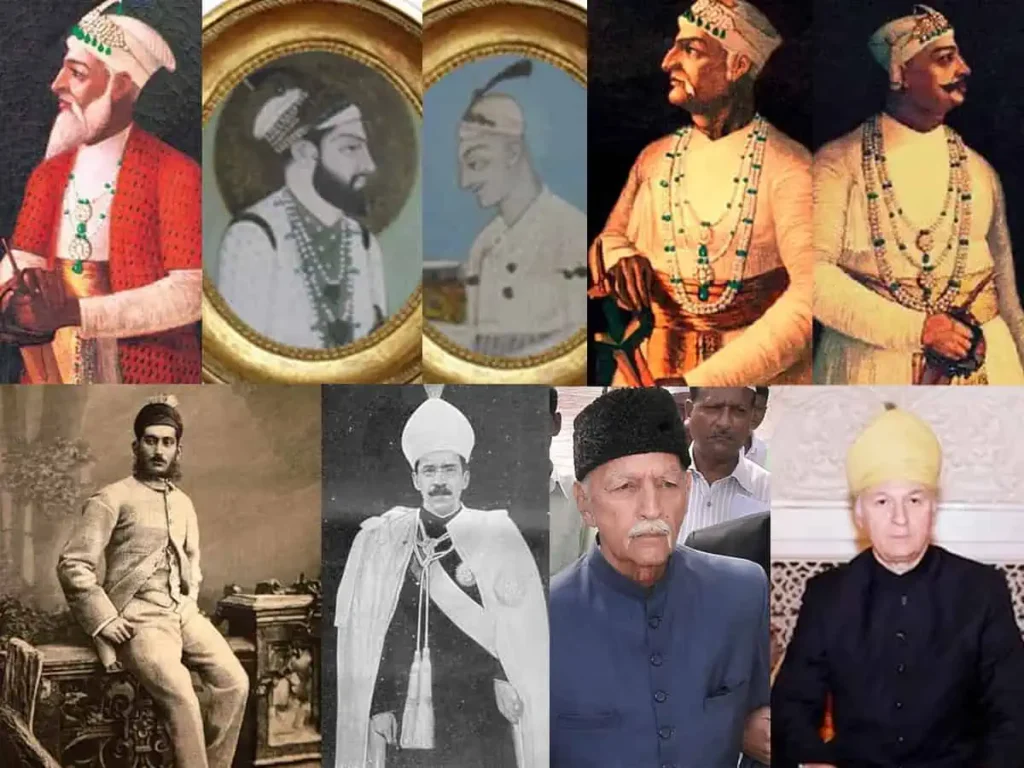
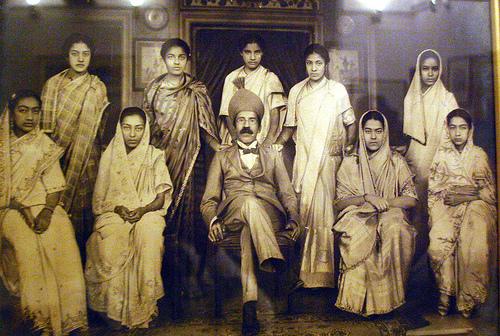
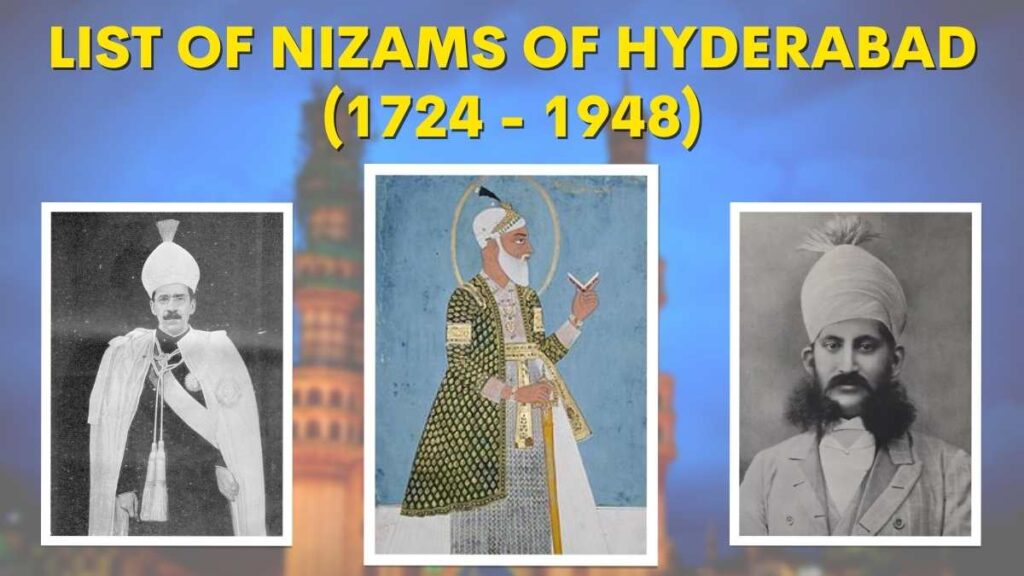
The Nizams transformed Hyderabad into a princely state with its own distinct identity. Their rule brought political stability and economic prosperity. Hyderabad became a melting pot of cultures, with influences from Persian, Mughal, and Telugu traditions.
Hyderabad Under the Nizams: A Cultural Renaissance
The Nizams’ reign is often regarded as the golden age of Hyderabad. The city grew in wealth and prestige, with a booming economy based on pearls, textiles, and trade. The Nizams were known for their patronage of art, architecture, and literature, contributing to the cultural richness of Hyderabad.
Some of the most iconic landmarks of Hyderabad, such as Falaknuma Palace, Chowmahalla Palace, and Osmania University, were constructed during this period. The Nizams also developed modern infrastructure, including the Hyderabad railway, educational institutions, and healthcare facilities.
The seventh and last Nizam, Mir Osman Ali Khan, was one of the wealthiest men of his time and played a key role in modernizing the city. His efforts included the construction of the Nizam’s Sagar Dam and the establishment of Hyderabad as a hub for education and culture.
Hyderabad and India: Integration into the Union
In 1947, when India gained independence, the princely state of Hyderabad faced a dilemma. The Nizam wanted to remain independent, but the majority of the population supported joining the Indian Union. The conflict culminated in Operation Polo in 1948, when the Indian Army intervened, and Hyderabad was integrated into India.

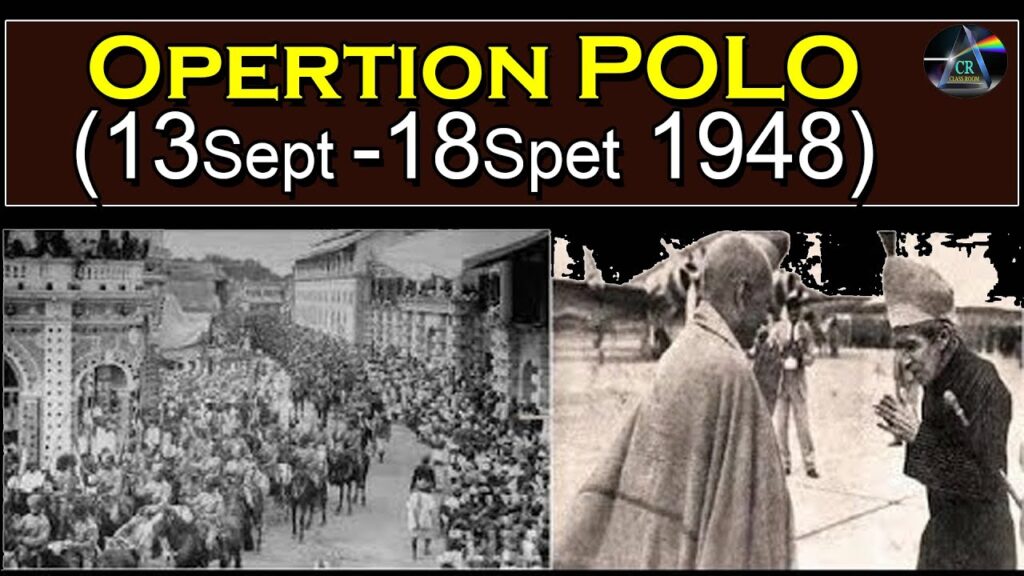
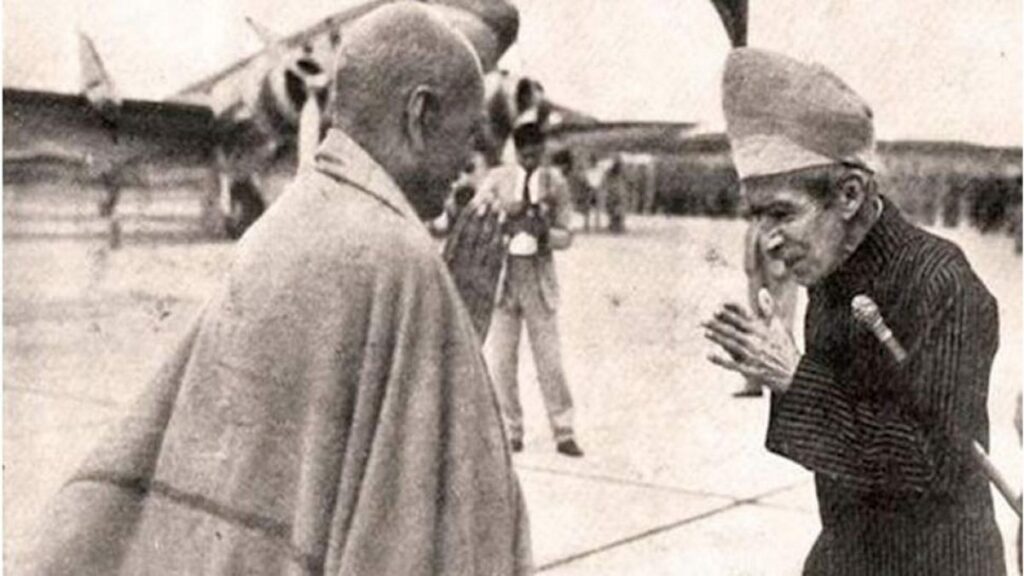
The integration was a turning point, marking the end of the Nizams’ rule and the beginning of Hyderabad’s journey as a democratic part of India.
Hyderabad in Modern Times
Post-independence, Hyderabad retained its status as a cultural and educational hub. In 1956, it became the capital of Andhra Pradesh after the reorganization of states. However, in 2014, Hyderabad became the joint capital of Telangana and Andhra Pradesh following the bifurcation of Andhra Pradesh.
Modern Hyderabad is a thriving metropolis, blending its historical heritage with cutting-edge technology and innovation. The city is renowned for its IT industry, centered around HITEC City and Gachibowli, which host global tech giants like Microsoft, Google, and Amazon.
Hyderabad’s cuisine, including the world-famous Hyderabadi biryani, reflects its rich cultural past, blending Mughal, Persian, and local flavors. Its festivals like Bonalu and Ramzan showcase the city’s inclusive and diverse character.
Conclusion: A City of Timeless Legacy
Hyderabad’s history is a testament to its resilience and adaptability. From its foundation by the Qutb Shahis to its rise under the Nizams and its transformation into a modern IT hub, the city has preserved its heritage while embracing progress. Today, Hyderabad stands as a symbol of unity in diversity, where the past and the future coexist in harmony.


